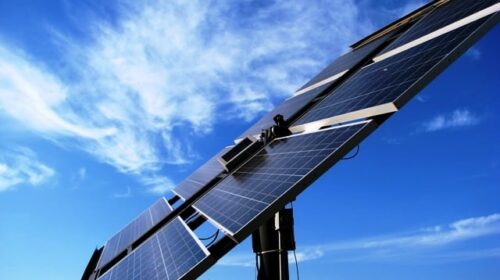Prime Minister Shahbaz Sharif enjoys the reputation of a doer. He enjoys being known for doing things at speed. His current stint has not allowed him to show much speed given the firefighting jobs his government seems to be doing on a daily basis. Until a bright idea popped up. The rising energy prices that led to an import challenge made renewable energy more appealing than ever before.
And right on cue – comes the “Fast Track Solar PV Initiatives 2022”. Not sure if fast-tracking is what Pakistan needs today in terms of electricity generation. If anything, sector experts have gone as far as calling for a moratorium on new IPPs for at least two years. Pakistan’s electricity sector has a dozen problems – inadequate generation capacity is not one.
Recall the previous fast-tracking exercise in electricity did not go too well, and the costs of inefficiencies are being paid to date and will continue to be paid for another two decades. But at least, back then, fast tracking still made sense, as Pakistan was struggling to keep up with demand. It was the randomness and absurdity of what followed in decision-making, from selecting fuel types to site locations and from lopsided contracts to needless government guarantees – that are today big contributors to the mess that the power sector is.
Back to the 2022 fast track solar initiative – which is a three-pronged program with laid out objectives of i) substitution of expensive imported fossil fuels with solar PV ii) Solar PV generation on 11 VK feeders, and iii)solarization of public buildings. The government intends to establish substitution capacity in IPP mode through competitive bidding, where the grid interconnection will be provided by the NTDC.
The idea is to install 10,000 MW of additional solar generation capacity under the fast track program, of which the first RFP for a 600 MW IPP to be built in Muzaffargarh is out, inviting commercial bids. There is nothing “fast-track” about the timelines sought in the RFP, which (rightly) gives ample time for commencement of operations..e 20 months after energy purchase and other agreements are inked.
What remains concerning is the IPP mode that requires the Central Power Purchasing Agency to buy “all” power generated by the project, of which 70 percent will be indexed on a quarterly basis with exchange rate variation. For the smaller solar projects on 11 VK feeders, discos are required to purchase all power under an EPA. In all cases, government guarantee will be in addition to payments within 60 days from specially designated bank accounts.
Grid connectivity was a massive problem in the previous wave of electricity capacity induction from FY15-FY17. Failure to simultaneously work on expanding the transmission networks has resulted in the low evacuation of power over the years. Brainless calls to install power plants on imported fuel in the middle of nowhere is well-documented, the cost of which continues to be borne by consumers.
Even in the case of solar plants, Quaid-e-Azam Solar Park’s location in Bahawalpur has been criticized by technical experts, given the high average temperatures during long hours of sunlight. High air temperature leads to reduced efficiency and life of solar plants. The evacuation suffers due to the heat factors even if the plant is close to load factors. The first of many solar power plants to be built under the 2022 initiative is in Muzaffargarh – where temperatures are not much different from Bahawalpur. One hopes the fast-track business this time around is well thought out and better planned, unlike the previous one. Pakistan can ill-afford more adventures for th






